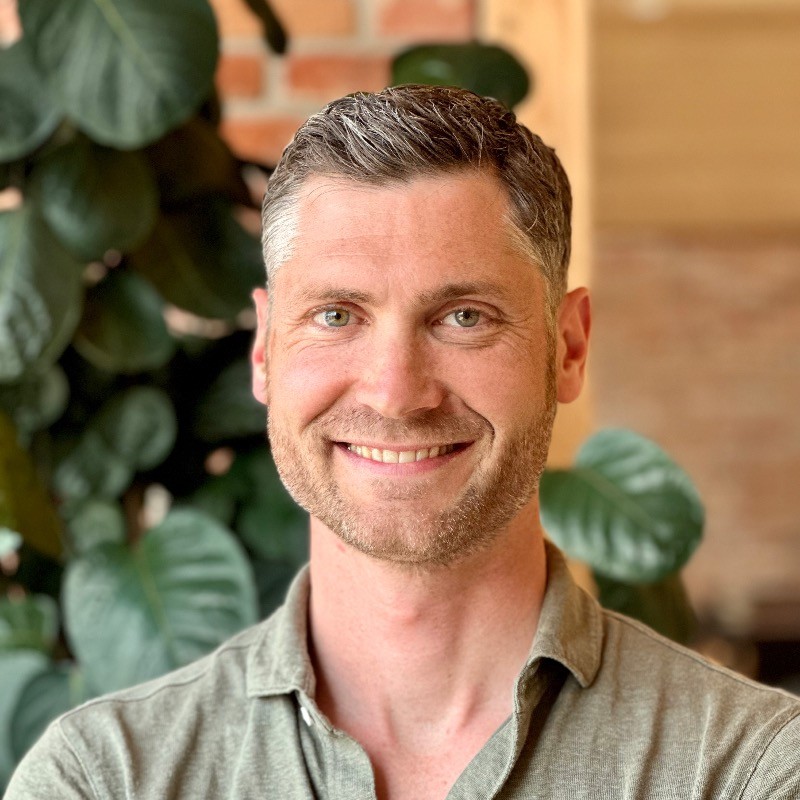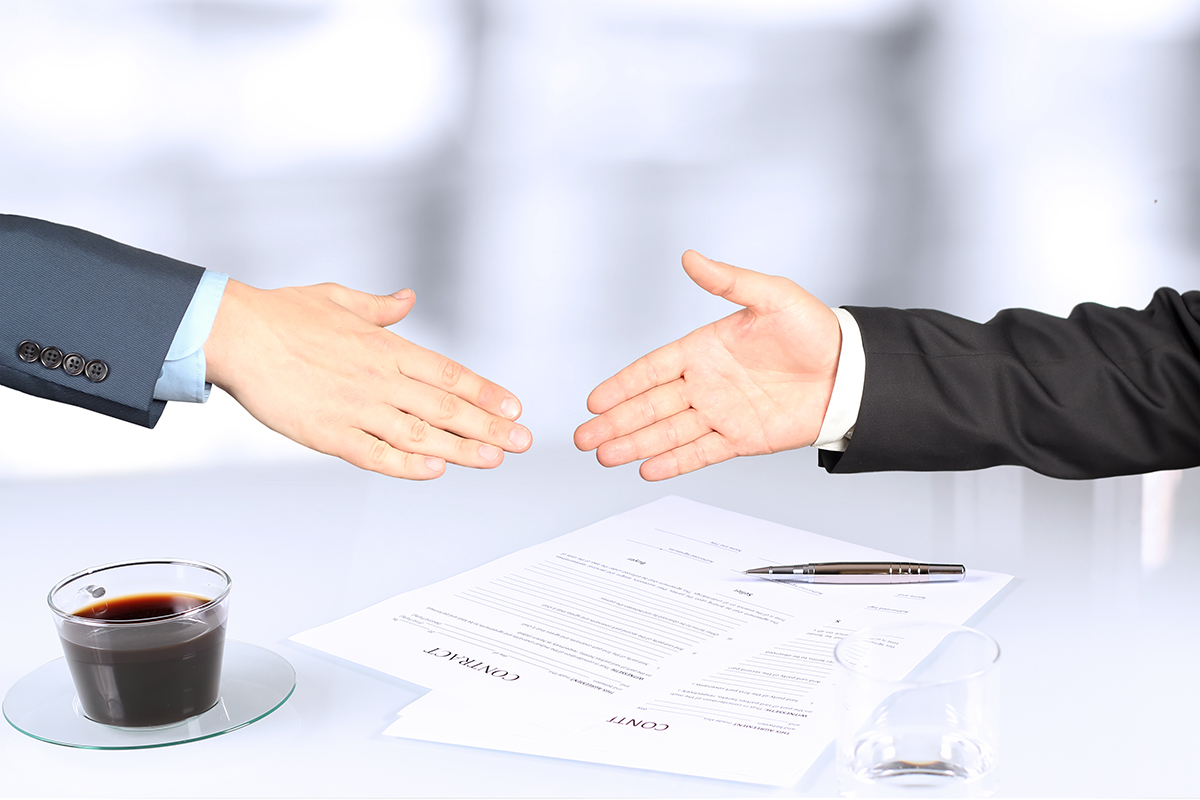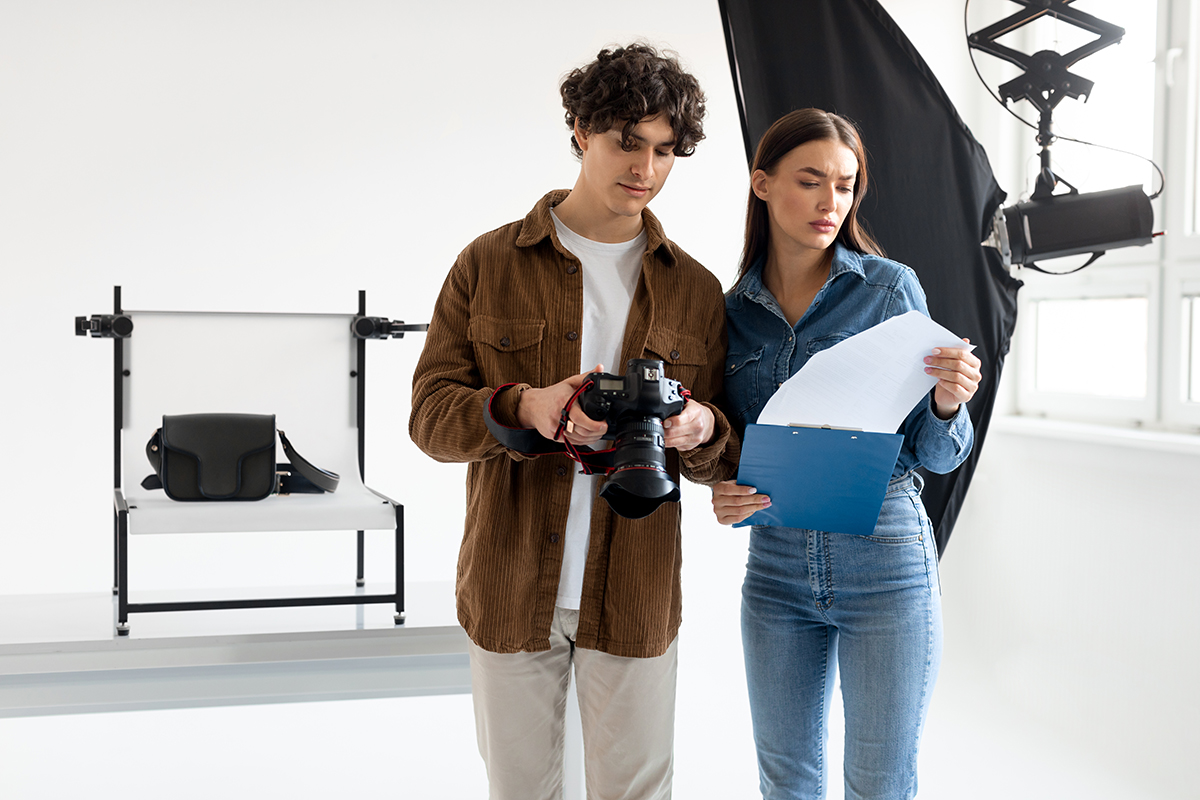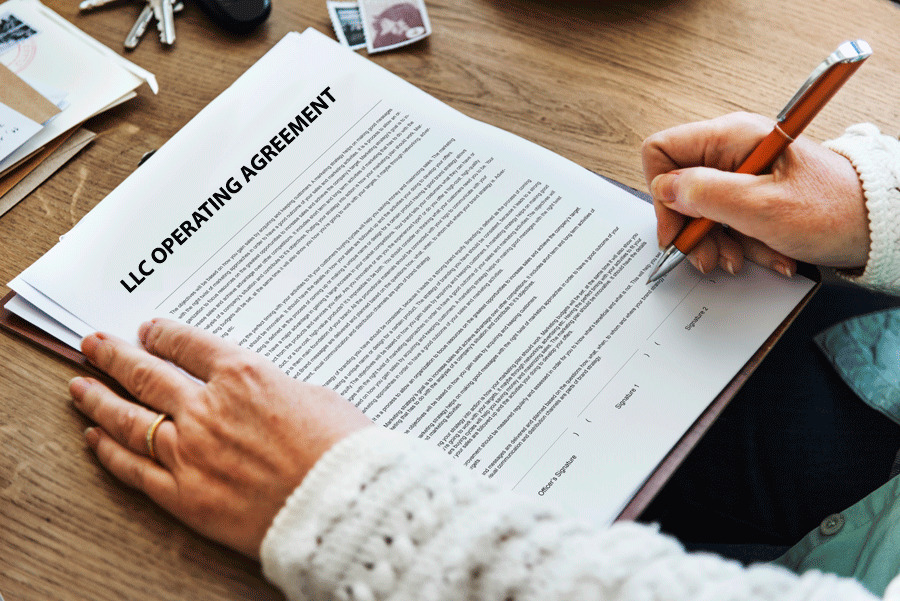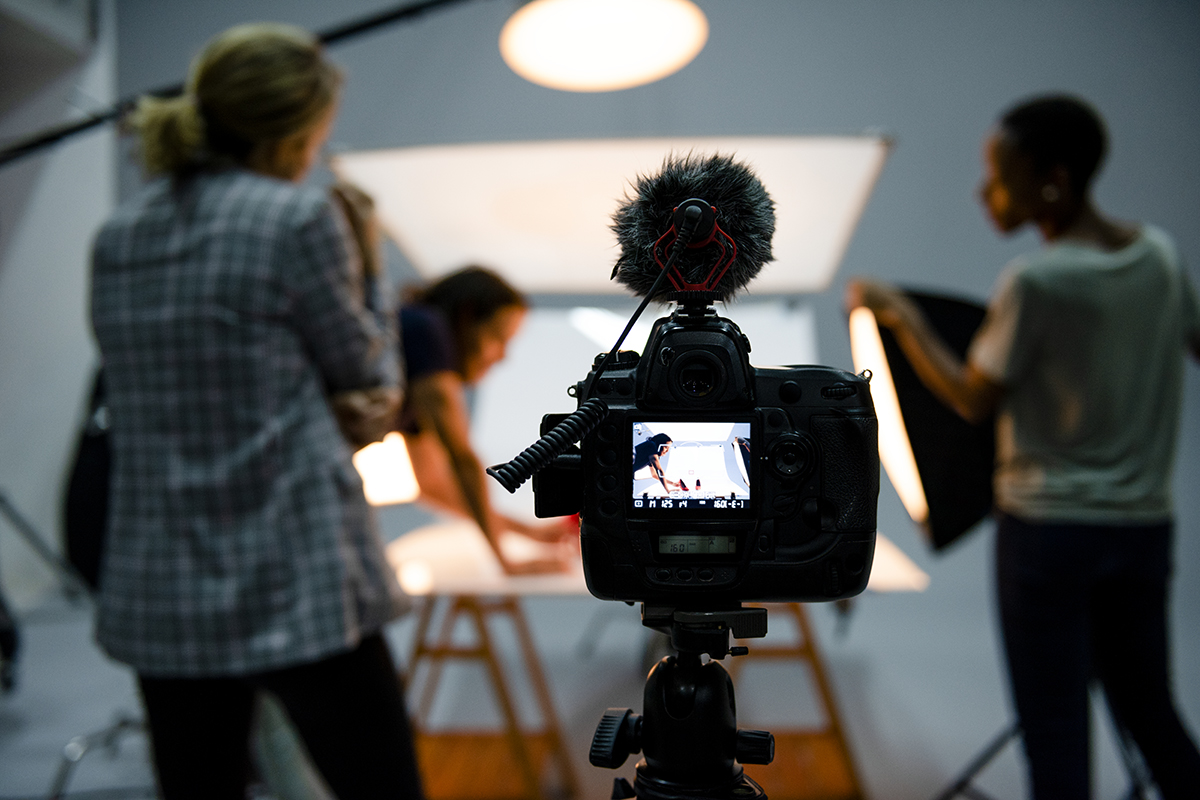An Affidavit Letter is a written oath pledged out of court which states that all claims are truthful and bear a public official’s certification.
It is valid only when written voluntarily, and it must bear the signature and date of the affiant appended in the presence of a legal witness or a notary public. An affidavit serves numerous purposes, including the declaration of age, signing a contract, name change, and residency verification, with the affiant, notary, witness, and court as involved parties.
The content of an affidavit letter takes the form of factual statements written in paragraphs, devoid of assumptions and accurate as of the day the oath was sworn. Lying in an affidavit is considered perjury and can have grievous implications far-reaching beyond the case at present.
It is a voluntarily written, notarized, sworn statement attesting to the truth of its details. It can be used to declare a person’s age, birth, death, etc., and can serve as evidence in a court case. For example, an individual with a missing birth certificate could swear the letter that attests to their birth, which is legally used in place of a birth certificate.
The use of these letters is not restricted to legal settings. They are also used as extra assurance in personal or business transactions. Under the law, when an individual signs an affidavit, they attest that the statement written in it is the truth, the whole truth, and nothing but the truth.
Many different names know about affidavit letters in legal settings. Some of the alternative names are listed below:
- Affidavit form
- Statement under oath
- Sworn oath
- Notarized statement
- General affidavit
- Sworn affidavit
- Sworn statement
Free Templates
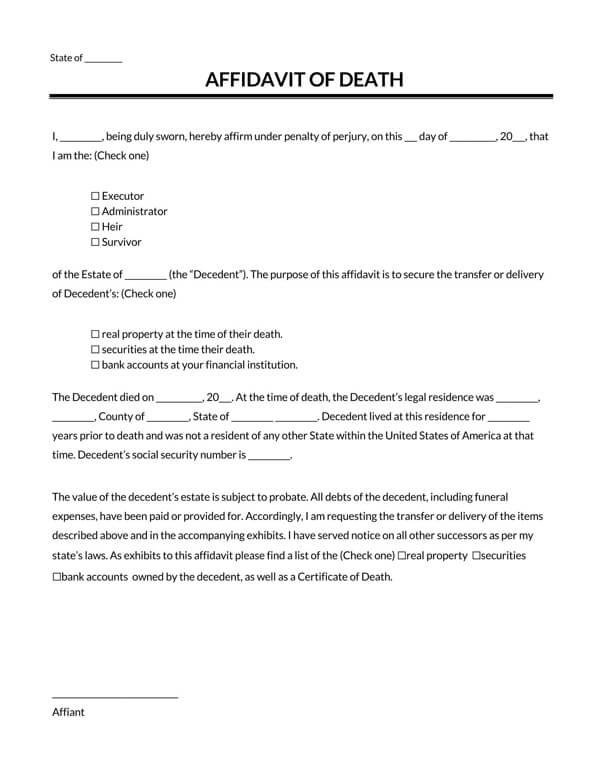
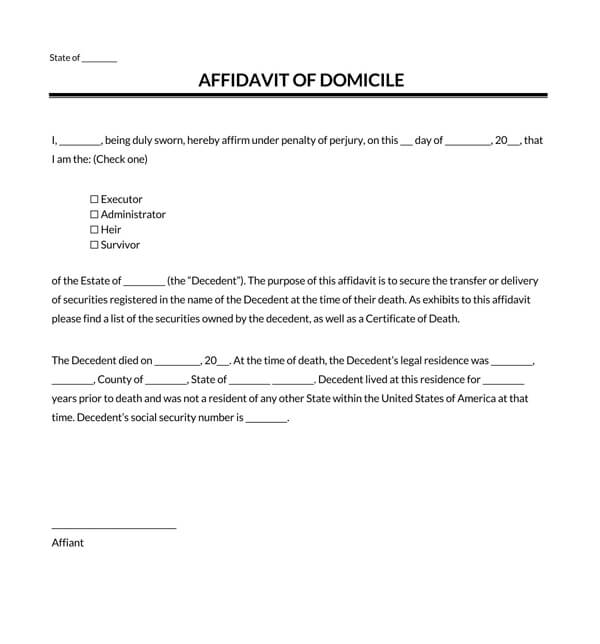
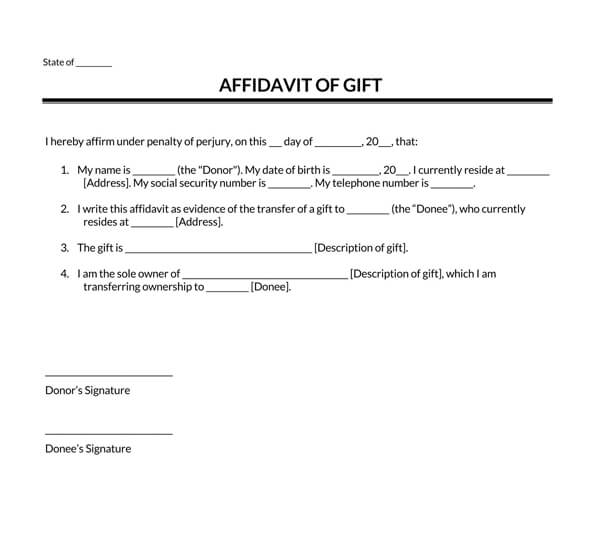



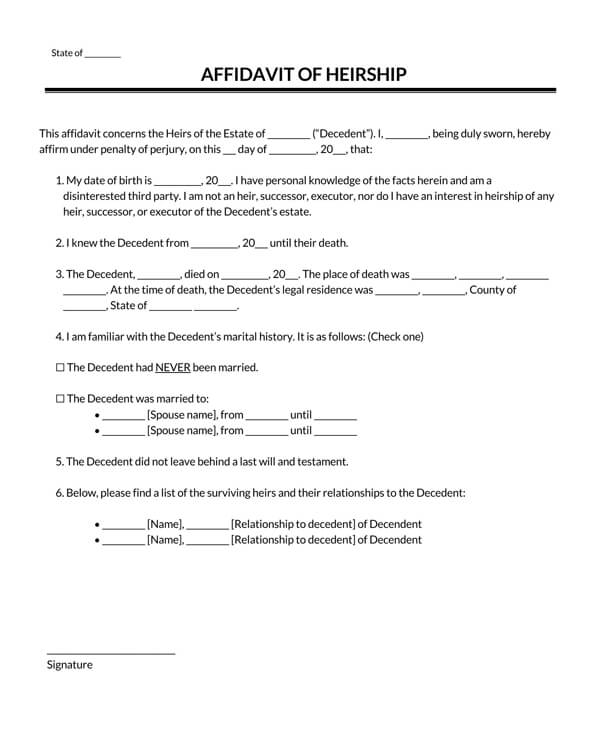


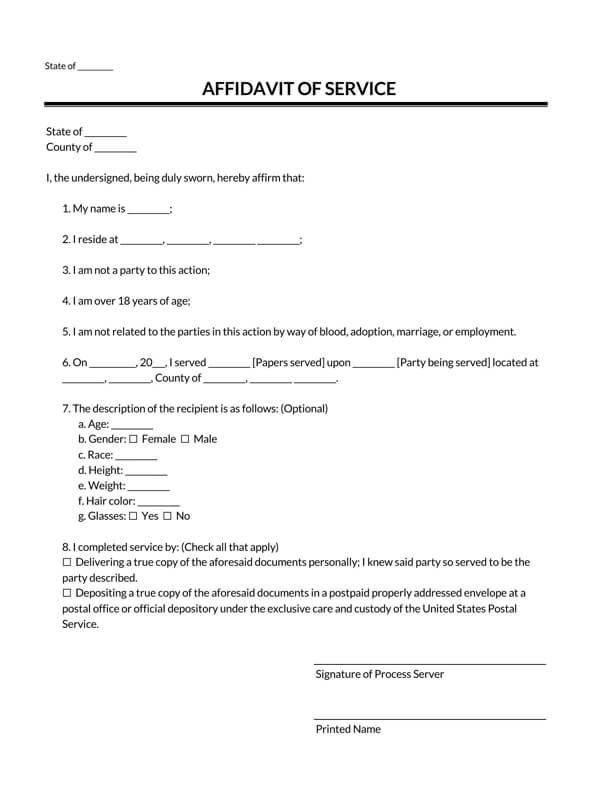
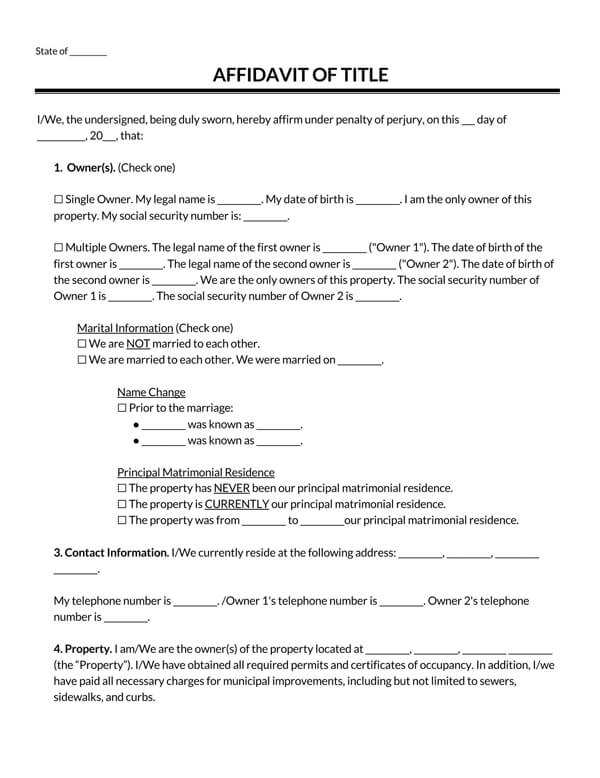

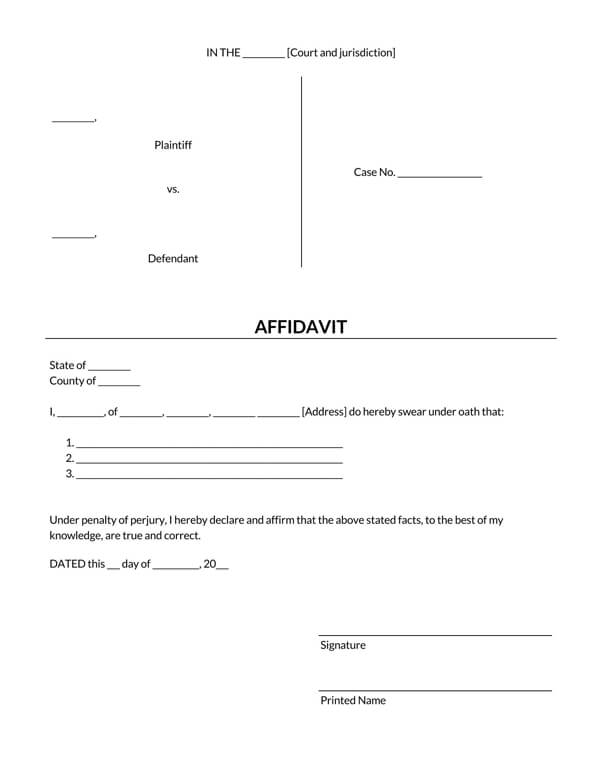
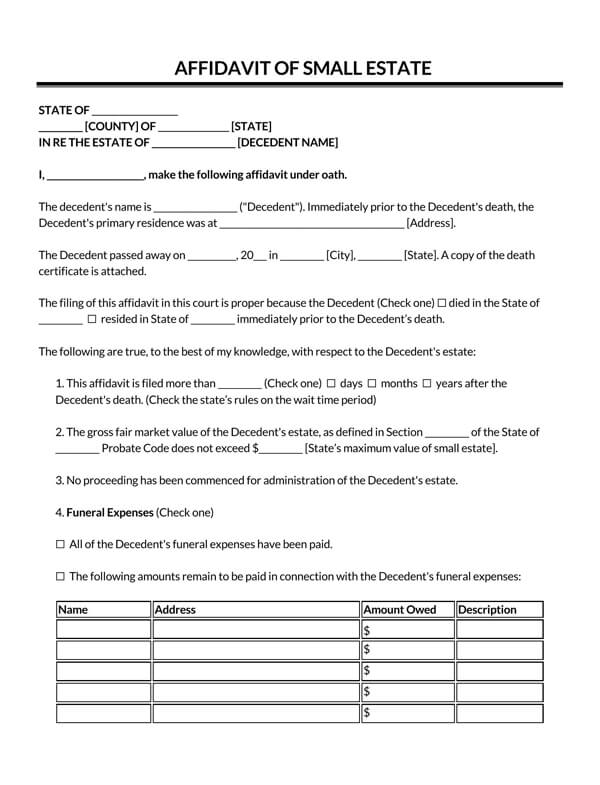


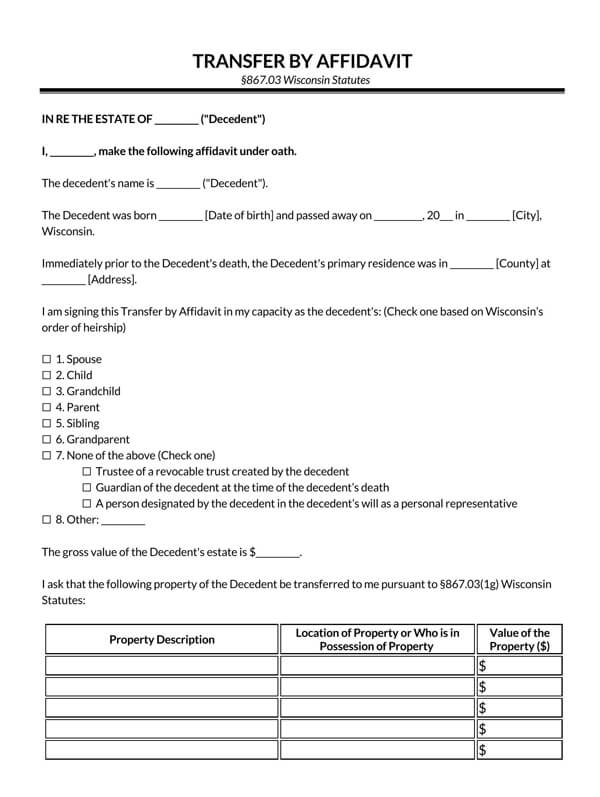
Components of an Affidavit
An affidavit has three major components that must be included in all affidavits.
- Commencement: This is the beginning of the letter, which identifies the affiant, someone who swears and signs an affidavit and attests that all statements contained in it are factual.
- Attestation clause: Also known as the “jurat”, this is a clause at the end of the document that states the date, location, and witnesses of the oath. It certifies that the affiant swore the oath.
- Signature: This includes the signatures of the affiant and all witnesses at the close of the document.
When to Use It?
Affidavits are used in numerous instances for personal, contractual, or court cases. Some uses are as follows:
- During civil court proceedings (i.e., divorce cases and property dispute cases) and criminal cases
- Needed to declare or prove age
- Government agencies’ work applications
- Residency authentications
- Name change verifications
- To prove loss of phones, SIM cards, or other valuables
- For identification after the loss of other means of identification
- Used to acquire a birth or death certificate
- Entered as evidence in a court hearing
- It is necessary to enter a contract
- When asked to make a statement under oath
- When requesting a person to swear an oath
Statutory Declaration
A statutory declaration is the same as an affidavit and serves the same purpose: to declare a statement accurate before authorized witnesses. It is used in Australia, Canada, and the United Kingdom, while an affidavit is used in the United States.
Affidavit v/s sworn declaration
Sworn declarations are like affidavits because they both assert the truthfulness of their statements. While an affidavit bears the signature of both the affiant and the witness, the sworn declaration only bears the signature and date of the witness in an “endorsement paragraph”. It is easier to produce a sworn declaration, as it does not require the certification of a public official while serving the same purpose as an affidavit.
Affidavit Rules
When swearing an affidavit or requesting it from someone else, the following affidavit rules are essential:
- Affidavit rules and names vary by state, and the affiant should note the applicable ones.
- Financial affidavits are amenable if the circumstances change after they are filed in court.
- It would be best to determine whether the information is accurate because the divorce attorneys do not verify the accuracy of the divorce affidavits but only check for mistakes.
Affidavit in divorce
This is an affidavit document of an oath taken by both partners stating their wish to separate legally. During the divorce proceeding, the court usually needs information about the two parties’ finances which is presented through a financial affidavit.
The affidavit will cover each individual’s income, expenses, all types of assets owned, and all liens and encumbrances. The court requires this information for a fair distribution of assets and debts between the divorcees.
Any false presentation of financial information by either party may lead to severe sanctions, with the possibility of forfeiting the affected assets to the other party.
Parties Involved in Writing
There are other parties involved in the writing of an affidavit beyond the affiant making the oath. The parties are as follows:
- The affiant: This person takes the oath in written form or files it.
- Notary public: This is a public official or an oath commissioner who certifies the oath by signing and sealing it for legal purposes.
- Witnesses: These are usually two people who observe the verification of the oath, as required by law.
- The court: This is the court or appropriate institution that accepts the affidavit.
How do I Write an Affidavit Letter?
Writing an affidavit letter is straightforward yet complex when its applications and implications are considered.
Use the following steps to write the letter devoid of mistakes:
Title
The affidavit should bear the title and purpose of the letter at the top of the document. The title must show that it is an affidavit with the name of the affiant. For example, “Marriage Affidavit of Mary and John George”.
Header
The header includes the following elements:
- Date: The header of the affidavit should state the date when the affiant writes it at the top of the document. The author of the affidavit should not backdate or postdate the date because assertions might change.
- Name and information of the affiant: It should state the name and identifying details of the affiant, like address, age, place of work, and contact details like phone numbers and email addresses.
- Name and information of the involved party: The affidavit should include the names and details of other involved parties. If it is a court case or a witness to a case, it should contain the details of the court (name and location), names of defendants and plaintiffs, and the case number.
Introduction
The introduction must be in sync with the following points:
- Greetings: This is the salutation in the introduction of the letter. Suppose the affidavit is in letter format. In that case, the affiant should salute the official who will receive the affidavit with his/her official title (e.g., “Dear USCIS Officer” for an immigration affidavit).
- State reason for writing: The introduction should clearly state the full legal name of the affiant and the purpose of swearing the affidavit. For example, “I, Jane Doe, write this affidavit to detail the armed robbery that occurred in my house located in Durham, California”.
Body
The body of the letter includes the following elements:
- Acknowledge the statement clearly: This is a straightforward sentence stating that the affidavit information is the complete truth to the affiant’s best knowledge. The statement must bear the full legal name of the affiant (e.g., “I, James Dean, affirm that all statements are true to the best of my knowledge under penalty of perjury, fine or imprisonment”) before listing the facts.
- Write statements supported by facts: The affiant should list only statements of fact and not conjectures or opinions. Each statement should be detailed yet brief and honest. It should be in numbered paragraphs, with a paragraph per fact. Any evidence should be appropriately labeled, addressed as thus in the affidavit, and attached to the central affidavit.
Conclusion
The conclusion of the letter has the following elements in relation to each other:
- Signature of affiant: The affiant certifies the letter by appending his/her signature at its end in the presence of a notary. Some affidavits might require the signatures of one or more witnesses. In addition, some states notarize affidavits remotely, while some require the presentation of an official identification; the affiant should follow the state’s protocols.
- Signature of notary: The notary public is a public officer who serves the public in non-contentious legal matters like witnessing the signing of a legal document. He/she signs, stamps, and dates the end of the affidavit to certify that the affiant voluntarily signed the document in his or her presence.
- ID number of notaries: Each notary has a unique state-issued identification number, and some states require the notary to specify it to authenticate the affidavit.
tip
An affiant needs to acquaint him/herself with the state’s affidavit laws. Suppose an affiant is overwhelmed or cannot write the affidavit him/herself. In that case, he/she should engage the services of a lawyer who knows the state and local affidavit laws to reduce errors in the affidavit.
Who can sign the affidavit?
Any sensible person old enough to understand the ramifications of the affidavit can sign it. An adult of at least 18 years of age generally signs one, although there is no age limit.
General Affidavit Template
An affiant could quickly amend this general affidavit letter template:
Affidavit of __________________________ [Affiant’s Name]
I, __________________________________________________, attest that all statements in this affidavit are true to the best of my knowledge.
___________________________________________________________
___________________________________________________________
___________________________________________________________
This affidavit is made for the purpose ___________________________________________________________
______ [Affiant’s Signature] __________
_______ [Affiant’s Name] __________
Signed and affirmed under penalty of perjury before me on this day ___ of _______, 20__
__________________________
NOTARY PUBLIC
My commission expires: ____________
Sample General Affidavit
State of New Columbia
County of Madison
I, John E. Doe, residing at 1234 Liberty Lane, in the county of Madison, in the state of New Columbia, do hereby take an oath and say as follows:
I am over the age of eighteen years and am competent to testify to the matters set forth in this affidavit. The facts herein are based on my personal knowledge.
a. On the 15th of July, 20XX, at approximately 3:00 PM, I was present at the corner of Main Street and Elm Avenue in Madison, New Columbia.
b. I observed a two-car collision involving a red sedan and a blue pickup truck.
c. The red sedan, driven by Ms. Jane Smith, was proceeding south on Elm Avenue when it was struck by the blue pickup truck, driven by Mr. Alex Johnson, heading east on Main Street.
d. I assisted in calling emergency services and remained on the scene until their arrival.
I understand that this affidavit is made for the purpose of providing an eyewitness account of the aforementioned car accident for insurance claim proceedings.
I affirm that the statements and facts outlined in this affidavit are true and accurate to the best of my knowledge and belief.
Signature and Oath:
Signature: John E. Doe
Date: August 1, 20XX
Notary Public: [Notary details to be completed upon official swearing]
[Notary Seal, if applicable]
Subscribed and sworn to before me, a Notary Public, this 1st day of August, 20XX.
Notary Public Signature: [Notary signature]
My Commission Expires: [1st December, 20XX]
Key takeaways
The provided affidavit is a good example of how to structure and write an affidavit for legal or official purposes. Here’s an analysis of its key elements and their usefulness as a guide:
- It provides a clear structure that can be followed for drafting affidavits in similar situations.
- It shows what kind of details (personal information, factual account, purpose, and conclusion) should be included.
- It emphasizes the importance of legal formalities such as swearing in front of a notary public.
- The affidavit is an example of how to write clearly and precisely, focusing on relevant facts without unnecessary details.
Overall, this affidavit serves as an excellent template for someone who needs to draft a similar document, particularly for eyewitness accounts in legal or insurance contexts. It combines legal formality with clarity and detailed factual reporting, which are key elements of an effective affidavit.
General Tips for Writing
Affidavits are usually unique to each other, as each is specific to the circumstances of each case. However, there are some general tips to follow to ensure the affidavit remains in line with legal requirements.
The following are things to note while writing an affidavit letter:
1. Grammar of affidavit letter
The affidavit must be grammatically correct and error-free. The affiant should write in the first-person narrative form. For example,
“I saw Mr. Terry dump a load in the creek on the night of July 13, 2009”.
2. Stick to facts
The affiant should only make statement facts to the best of their knowledge, for which they can provide evidence if required. Embellishing the truth or lying in the affidavit is lying under oath (perjury), and it is punishable under the law with a fine or imprisonment. Personal opinions or irrelevant details are not required in the affidavit.
3. Type it yourself
Typed affidavits are more organized and legible compared to handwritten ones. Therefore, the affiant for credibility should type it by themselves. A lawyer or notary can quickly correct minor errors, like typographical mistakes, but critical errors, like incorrect facts, will require a new affidavit, which explains the need for alteration.
4. Penalty for lying on an affidavit letter
An affidavit swears an oath that the assertions contained therein are the truth and that lying on it is punishable by law. The following are applicable punishments for lying in an affidavit willfully or mistakenly.
5. Penalty of perjury
Perjury is deliberately lying or presenting a distortion of facts under oath. An affidavit is an oath acknowledging that all statements are factual and lying under oath can lead to fines (up to $10,000), community service, or jail time at worst (up to 5 years in prison).
6. Unreliable evidence
Lying in an affidavit calls the entirety of the evidence into question. Mistakenly stating an incorrect fact could change the course of a case and render the evidence inadmissible. In addition, opposing lawyers could interrogate the witness on the existence of the perjured affidavit.
7. Diminished moral character
The affiant’s character becomes questionable after the discovery of a lie or an omission under oath. Additionally, the questionable moral character of the affiant is documented, which could interfere with their ability to secure a job or security clearance as they have a dishonesty charge conviction.
8. Financial sanctions
Perjuring a financial affidavit may come with financial sanctions as a penalty. For example, the court could usually award more money (up to 100%) than they could get or redistribute the asset to the other party.
Frequently Asked Questions
An affidavit letter is a voluntarily written document under sworn oath, which states that its contents are trustworthy. It is similar to a court’s sworn testimony.
An affidavit serves different personal and business purposes, such as in civil and criminal court cases, to declare age, birth, death, bear witness/evidence to a case, or enter a contract.
Anyone old enough to understand the significance of the affidavit and “of sound mind” can sign it, usually a legal adult in practice.
The service of a lawyer is not required to write an affidavit, although the lawyer could review it for errors.
The notarization process of an affidavit is in the physical presence of a notary public who witnesses its voluntary signing by signing, dating, and sealing it or by a “jurat”.
The affidavit should have a title that states it is an affidavit with the affiant’s name, state its purpose, be written in first-person statements, state facts in chronological numbered paragraphs, signatures of both the affiant and the notary public, and devoid of grammatical and typographical errors.
An affidavit serves both personal and corporate purposes. Examples are divorce affidavit, declaration of age affidavit, affidavit of marriage, and a small estate affidavit.
